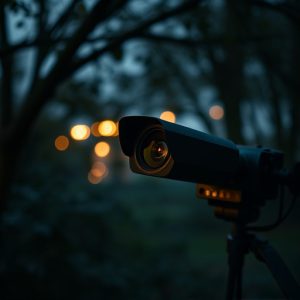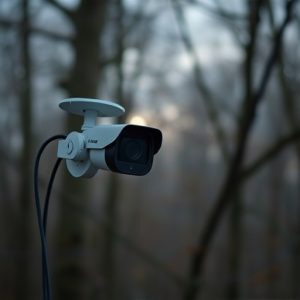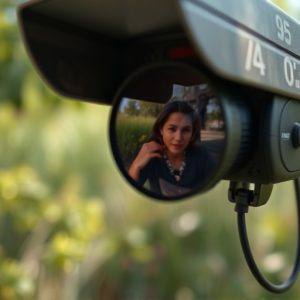Covert Monitoring Guide: Ethical Setup & Discreet Spy Camera Placement
Before installing spy cameras, understand strict legal and ethical considerations regarding surveill…….
Before installing spy cameras, understand strict legal and ethical considerations regarding surveillance in public or private spaces. Ensure compliance through local laws and regulations. Strategically place hidden cameras in discreet spots like behind furniture or under objects blending with the environment. Choose camera types (wireless, HD) and lens types (wide-angle, telephoto) based on monitoring needs. Conceal cameras behind natural cover or at high/angled mounts using small, non-intrusive models for discretion. Maintain equipment through regular checks, secure connections, firmware updates, and staff training to prevent false alarms and protect privacy.
“Uncover the art of covert monitoring with our comprehensive guide, designed to navigate you through the intricate world of professional surveillance systems. From legal and ethical considerations to strategic camera placement and discreet setup techniques, this article is your map. Learn how to select optimal locations and choose the right camera types for effective secret surveillance. Discover best practices to maintain your system undetected, ensuring a successful and ethical implementation of How to Conceal Spy Cameras.”
- Understanding Legal and Ethical Considerations Before Installing Spy Cameras
- Choosing the Right Location and Camera Types for Covert Monitoring Systems
- Best Practices for Discreetly Setting Up and Maintaining Your Secret Surveillance Equipment
Understanding Legal and Ethical Considerations Before Installing Spy Cameras
Before installing spy cameras, it’s crucial to understand the legal and ethical considerations that come into play. In many jurisdictions, there are strict rules regarding surveillance, particularly in public spaces or places where privacy is expected, like homes. Always check local laws and regulations to ensure compliance; failing to do so could result in severe consequences, including fines and lawsuits.
Ethical implications also demand careful consideration. Respecting the privacy of individuals is paramount. How to conceal spy cameras is a skill that professionals must master. Discreet placement techniques, such as integrating cameras into everyday objects or using advanced hidden camera technology, can help minimise the invasion of privacy while still achieving the desired monitoring goals.
Choosing the Right Location and Camera Types for Covert Monitoring Systems
When setting up a covert monitoring system, selecting the optimal location and camera types is paramount for effective surveillance. The key is to choose spots that offer unobtrusive yet comprehensive coverage, ensuring the cameras remain hidden from view. Consider areas with natural concealment, such as behind furniture, inside cabinets, or under objects that blend in with the environment. For instance, a small, discreet camera can be placed within a book or a potted plant to monitor activity without raising suspicion.
Different camera types cater to diverse surveillance needs. Wireless cameras offer flexibility and ease of installation, making them ideal for covert operations. High-definition (HD) cameras provide crisp images, while night vision capabilities enable round-the-clock monitoring. Choosing the right lens type—wide-angle, telephoto, or fixed focus—depends on the area to be covered. For spacious rooms, a wide-angle lens captures a broader view, whereas a telephoto lens is suitable for focusing on specific targets from a distance.
Best Practices for Discreetly Setting Up and Maintaining Your Secret Surveillance Equipment
When setting up a covert monitoring system, discretion is key. To effectively conceal spy cameras, start by understanding your environment. Choose locations that offer natural cover, like corners or behind objects that won’t draw attention. Mounting them high or using angles that disguise their presence can significantly reduce the risk of detection. Opt for small, non-intrusive camera models designed for discreet use; these are often more aesthetically pleasing and less likely to raise eyebrows.
Regular maintenance is equally crucial. Ensure all equipment is well-maintained and functional to avoid false alarms or missed data. Use secure connections and encrypt any transmitted data for added privacy. Regularly update firmware and software to patch security vulnerabilities. Additionally, establish a clear maintenance schedule and train staff on the system’s operation to ensure smooth, undetected monitoring.
When implementing a covert monitoring system, adhering to legal and ethical guidelines is paramount. By carefully selecting camera locations and utilizing best practices for setup and maintenance, you can ensure your surveillance remains discreet and effective. Remember, proper placement and careful consideration are key to successfully concealing spy cameras while maintaining the integrity of your operations.


